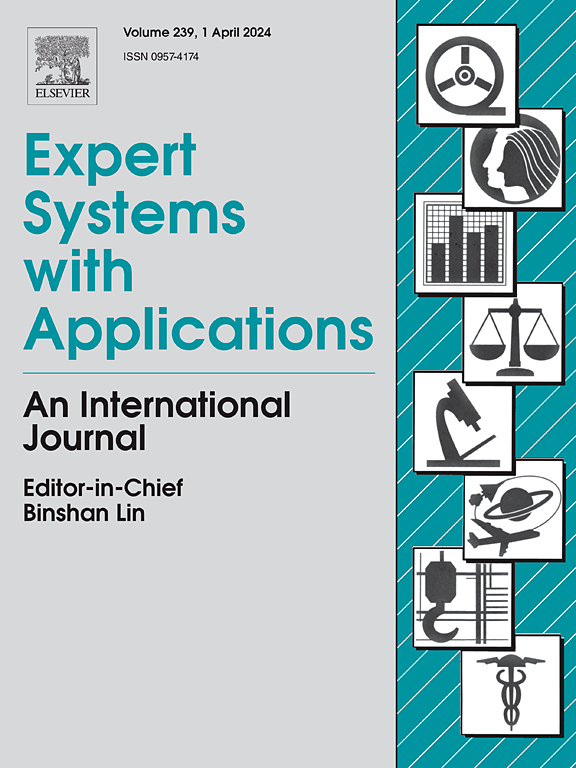基于几何技术的基于深度强化学习的空中交通管制冲突解决
IF 7.5
1区 计算机科学
Q1 COMPUTER SCIENCE, ARTIFICIAL INTELLIGENCE
引用次数: 0
摘要
基于深度强化学习(DRL)的CR的最新进展显示出了希望;然而,DRL系统的端到端特性依赖于奖励驱动机制,这对遵守ATC的严格规定提出了挑战。传统的几何方法,如修正电压电位(MVP)技术,理论上可以通过最小化冲突期间与计划路径的偏差来满足ATC的要求,但在复杂、不确定的环境中难以确保最佳性能。在本研究中,我们将DRL与几何MVP技术结合起来,利用DRL在复杂环境中进行智能决策的能力,以及MVP理论上最小化与计划路径偏差的能力。在这个框架内,我们利用前瞻性DRL代理,结合MVP冲突检测方法,来预测潜在的冲突。如果冲突迫在眉睫,机动DRL代理立即控制飞机,熟练地导航情况,确保避免冲突。一旦飞机摆脱了冲突,就会采用基于规则的方法迅速将其返回计划路径。大量的仿真表明,我们提出的框架显著降低了冲突率,以最小的偏差保持有效的轨迹遵循,降低了不必要的计算开销,并有效地适应动态环境条件。本文章由计算机程序翻译,如有差异,请以英文原文为准。
Taming deep reinforcement learning-based conflict resolution in air traffic control using geometric technique
Recent advances in Deep Reinforcement Learning (DRL)-based CR have shown promise; however, the end-to-end nature of DRL systems, which rely on reward-driven mechanisms, poses challenges in adhering to ATC’s stringent regulations. Traditional geometric methods, such as the Modified Voltage Potential (MVP) technique, theoretically meet ATC requirements by minimizing deviations from planned paths during conflicts but struggle to ensure optimal performance in complex, uncertain environments. In this study, we amalgamate DRL with the geometric MVP technique, leveraging DRL’s capacity for intelligent decision-making in complex environments and MVP’s ability to theoretically minimize deviations from planned paths. Within this framework, we utilize a look-ahead DRL agent, in conjunction with MVP conflict detection methods, to foresee potential conflicts. Should a conflict be imminent, a Maneuver DRL agent takes immediate control of the aircraft to adeptly navigate the situation, ensuring conflict avoidance. Once the aircraft is clear of the conflict, a rule-based method is employed to swiftly return it to the planned path. Extensive simulations demonstrate that our proposed framework significantly reduces conflict rates, maintains efficient trajectory adherence with minimal deviations, lowers unnecessary computational overhead, and effectively adapts to dynamic environmental conditions.
求助全文
通过发布文献求助,成功后即可免费获取论文全文。
去求助
来源期刊

Expert Systems with Applications
工程技术-工程:电子与电气
CiteScore
13.80
自引率
10.60%
发文量
2045
审稿时长
8.7 months
期刊介绍:
Expert Systems With Applications is an international journal dedicated to the exchange of information on expert and intelligent systems used globally in industry, government, and universities. The journal emphasizes original papers covering the design, development, testing, implementation, and management of these systems, offering practical guidelines. It spans various sectors such as finance, engineering, marketing, law, project management, information management, medicine, and more. The journal also welcomes papers on multi-agent systems, knowledge management, neural networks, knowledge discovery, data mining, and other related areas, excluding applications to military/defense systems.
 求助内容:
求助内容: 应助结果提醒方式:
应助结果提醒方式:


